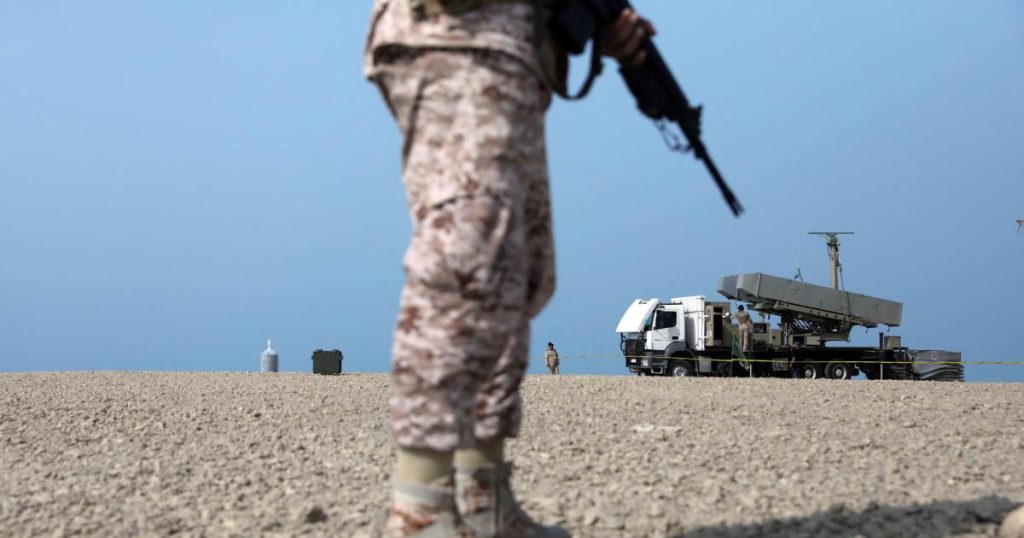Aftermath of the U.S.-Israel Conflict with Iran
Since the 12-day conflict between Israel and the United States against Iran in June, analysts have been debating the extent of damage to Iran’s nuclear capabilities and regime stability. The long-term survival of Iran’s nuclear infrastructure and its potential for recovery remain uncertain. Strategically, however, the impact is clear: it signifies a significant setback for the nuclear strategy the Islamic Republic has employed effectively since the 1980s.
Iran’s Nuclear Strategy Over the Decades
For many years, Iran adopted a cautious nuclear strategy, striving to acquire knowledge and technology to develop its nuclear program while avoiding overt weaponization for political reasons. This approach was somewhat effective. Despite ongoing efforts by Israel and the U.S. to disrupt Iran’s nuclear ambitions through sabotage and targeted actions, neither nation directly attacked Iran’s facilities. The signing of the Joint Comprehensive Plan of Action (JCPOA) in 2015 seemed to validate this approach, allowing Iran to gain vital sanctions relief in exchange for limiting its nuclear program, thus moving its potential for a bomb further away.
Collapse of the Threshold Strategy
However, the recent conflict has dismantled that strategic framework. Airstrikes from the U.S. and Israel inflicted considerable damage to crucial sites like Natanz and Fordow, severely weakening Iran’s military command. Iran misjudged the U.S.’s willingness to join military action alongside Israel. Currently, Iran faces severe threats, with its nuclear ambitions likely out of reach and its position in negotiations with the West significantly weakened.
North Korea’s Successful Model
The disintegration of Iran’s threshold strategy stands in stark contrast to North Korea’s trajectory. Unlike Iran, North Korea rapidly progressed in weaponizing its program, using negotiations to test U.S. resolve and maintaining its nuclear agenda amidst intense diplomatic and economic challenges. This model shows the benefits of advancing toward a bomb can provide leverage in international negotiations, which Iranian leaders may now view as a lesson learned too late, amid their current vulnerabilities.
The Costs of Iran’s Strategic Errors
Throughout its nuclear history, Iran possessed the ambition and technical capabilities for military nuclear development since as early as the 1970s. Initially, Iran’s leaders opted not to pursue weaponization, opting instead for economic and diplomatic incentives. However, upon withdrawing from the JCPOA in 2018, Iran began stockpiling high-grade enriched uranium. Their recent advancements brought them dangerously close to achieving the bomb, illustrating the vulnerabilities of their prior hedging strategy.
The Dynamics of Covert Nuclear Programs
The Iranian experience showcases the fragility of threshold nuclear strategies in the face of proactive counter-strategies. This has led potential proliferators to consider more covert approaches for their programs, learning from Iran’s failures. Future nuclear aspirants might prioritize operational secrecy, promoting a paradigm where they pursue weaponization rapidly and discreetly, unlike Iran’s visible hedging strategy.
Challenges Ahead for Diplomacy
The fallout from this conflict could impede future diplomatic efforts with aspiring nuclear states. Hardliners within Iran’s political landscape may gain influence, reinforcing the narrative that negotiations with the U.S. and allies are futile. This sentiment risks deepening mutual distrust, making future diplomatic engagements increasingly complex and challenging for all parties involved, suggesting a broader shift in the global nuclear proliferation landscape.



